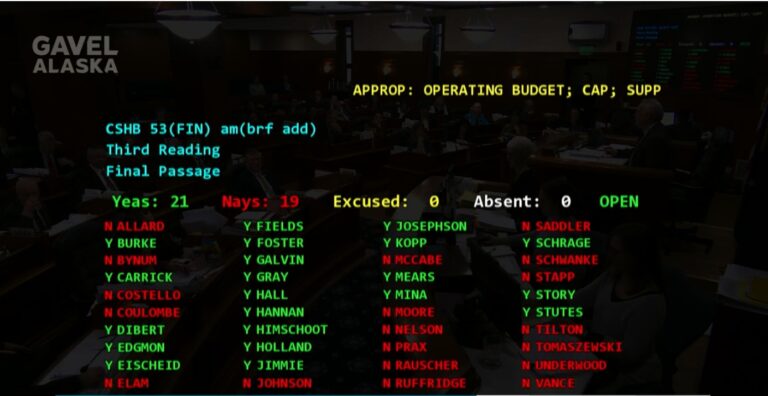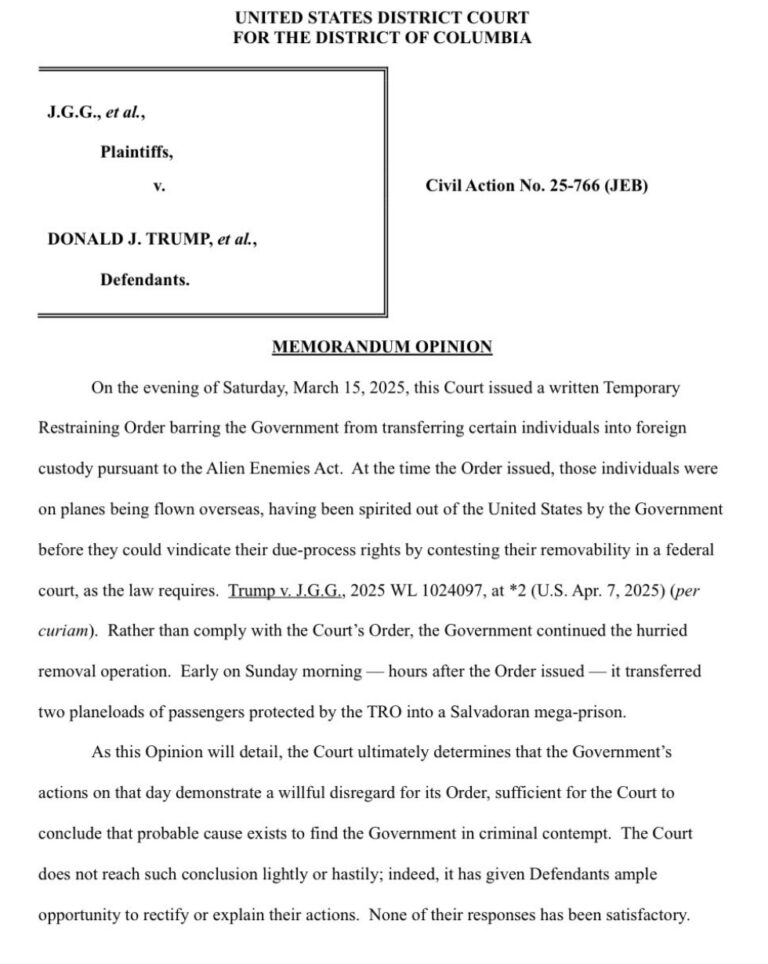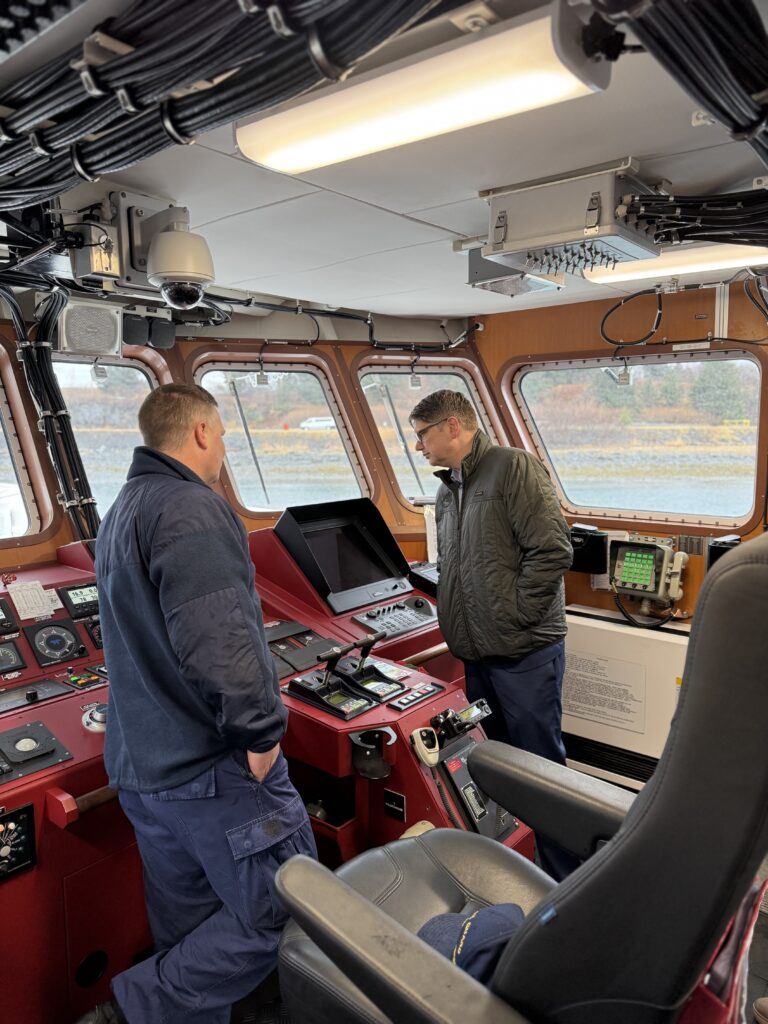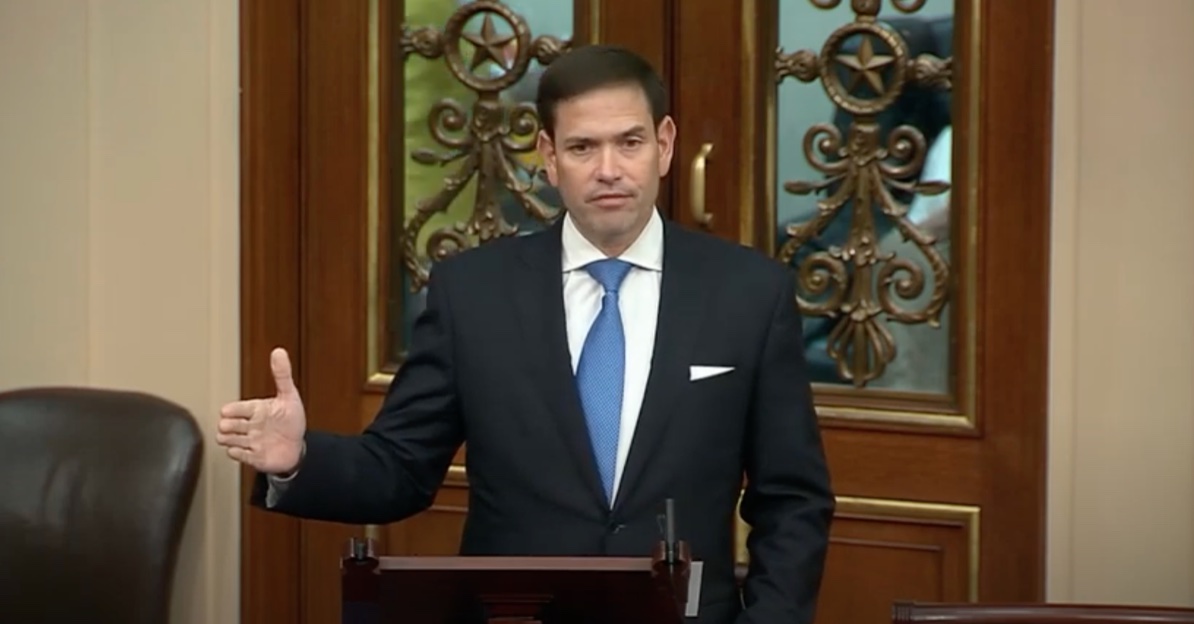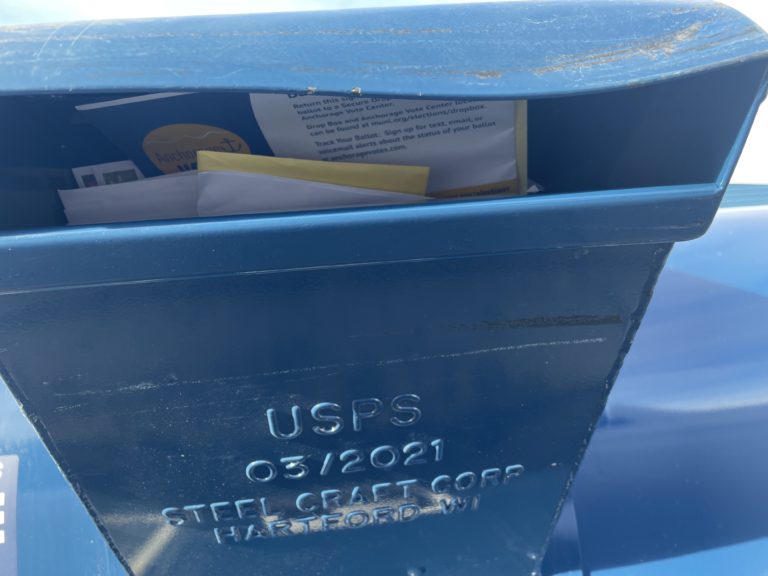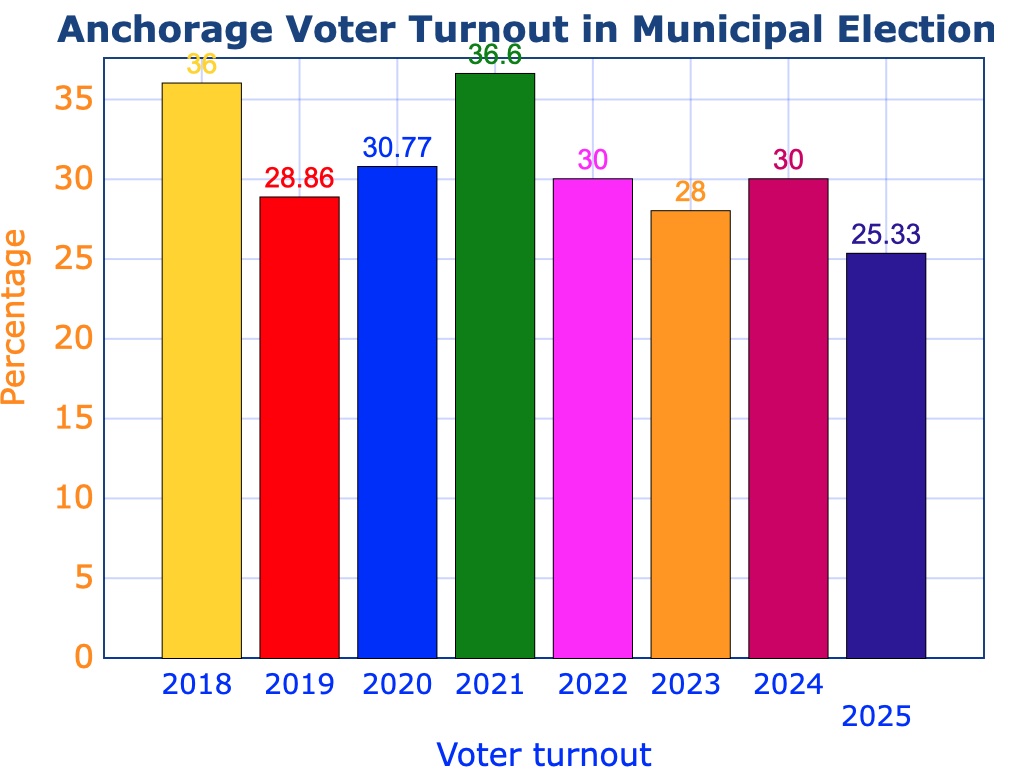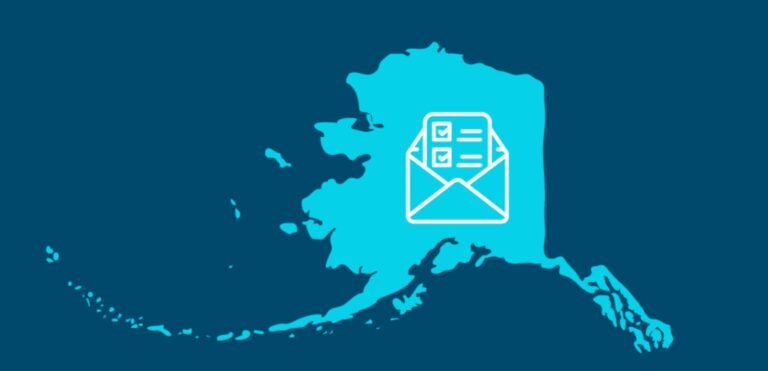The Alaska House of Representatives narrowly passed the Fiscal Year 2026 (FY26) operating budget today in a 21-19 vote, advancing a nearly $13 billion spending plan, considering all funds. The vote was along caucus lines, with the Democrat-led majority prevailing, 21-19.
The budget, which must go through the Senate committee and floor processes, is higher than the current fiscal year’s budget, which is $12.2 billion.
There is not enough projected revenue to cover the entire spending plan at this point in the process, as it is about $70 million in the red.
The budget includes:
- $6.167 billion in Unrestricted General Funds, while last year’s budget had $5.0 billion in UGF spending
- $1.004 billion in Designated General Funds
- $1.976 billion from other state funds
- $3.832 billion in federal receipts
- Total: $12.979 billion
To compare to 2012’s $13 billion budget, in that year the Unrestricted General Funds were $7.3 billion, while this year they are $6.167 billion. But 2012 was the highest budget in Alaska history. In 2018, the UGF was $4.7 billion and in 2024, it was $5.2 billion, and in 2025 it was $5.0 billion. Thus, this budget version is significantly higher than in recent years.
A supermajority vote (30 of 40 House members and 15 of 20 Senate members) is required to access the Constitutional Budget Reserve, and previous attempts to secure such votes have faced challenges. The Constitutional Budget Reserve contains about $2.84 billion.
A number of additions to the budget were added during the amendment process and those will likely be trimmed back by the Senate.
One of the most significant components of the budget is a $1,000 per-student increase to the Base Student Allocation, the formula used to fund public K-12 schools, along with additional funding for school transportation. That added $86 million to the budget and would also add that amount every year going forward. Gov. Mike Dunleavy is expected to announce a veto of the BSA increase during a Thursday press conference.
Other notable funding priorities include:
- Public Safety: Funding for five new Village Public Safety Officer (VPSO) positions.
- Senior Support: $3 million for senior centers, plus funding for adult day services and respite care.
- Child and Family Programs: $7.7 million for child care assistance, $5.7 million for early intervention and infant learning, and $5.5 million for child advocacy centers.
- Transportation: $10 million in backstop funds to stabilize the Alaska Marine Highway System, supporting coastal communities’ connectivity.
- Permanent Fund Dividend (PFD): A $950 million appropriation to support an estimated $1,400 PFD per Alaskan, with additional relief contingent on oil prices exceeding $73 per barrel. It is currently under $68 a barrel. This is one-quarter of what Alaskans are entitled to by statute, but the Legislature has not followed the statute since 2017, the year after Gov. Bill Walker vetoed half of the Permanent Fund dividend.
- Salary increases: $17.7 million for state employee salary adjustments.
The spending plan that passed the House does not make substantial cuts to overall state spending. Several members of the House’s Republican minority caucus expressed concern about long-term fiscal sustainability during floor debate.
The bill now heads to the Alaska Senate, where further changes may be made before it reaches the governor’s desk.
On Tuesday, the Senate passed a lean $162 million capital budget, which will allow the state to bring in another $2.5 billion in federal funds for roads, construction, and other big projects.
